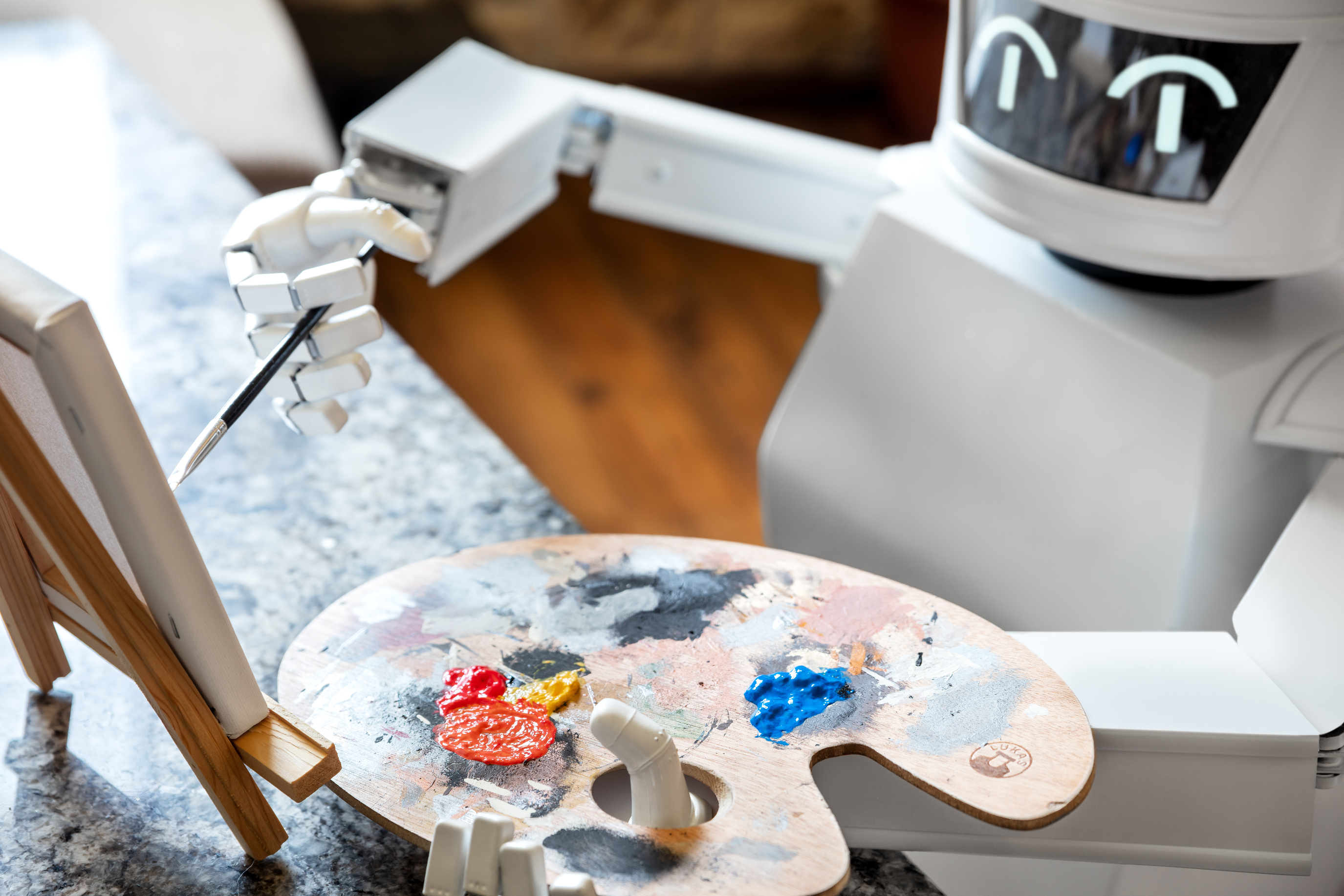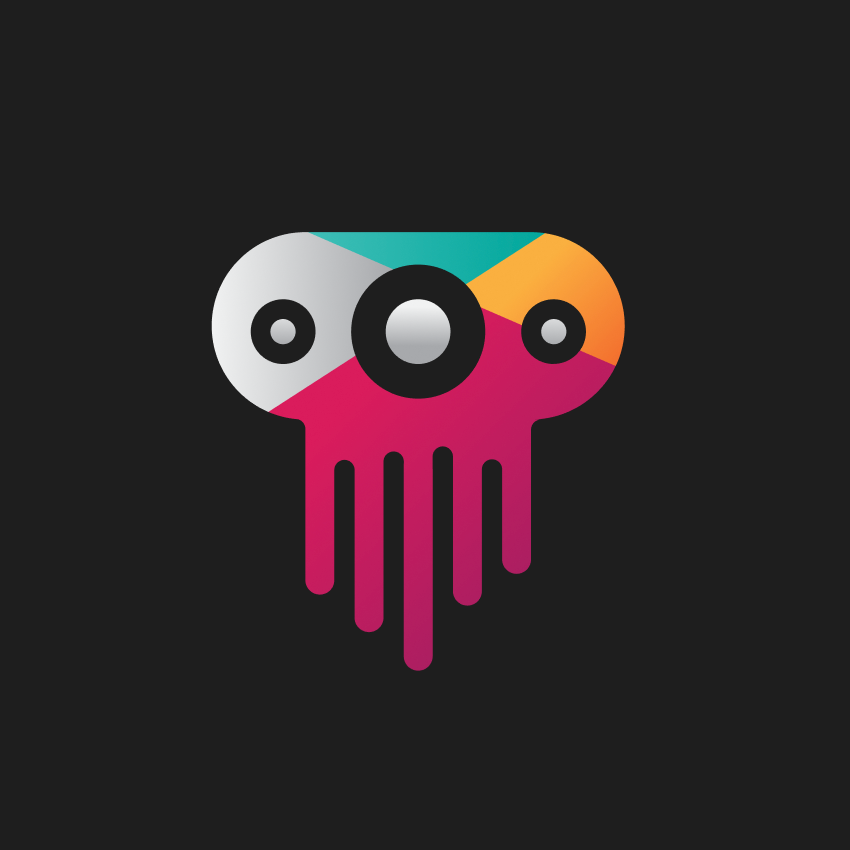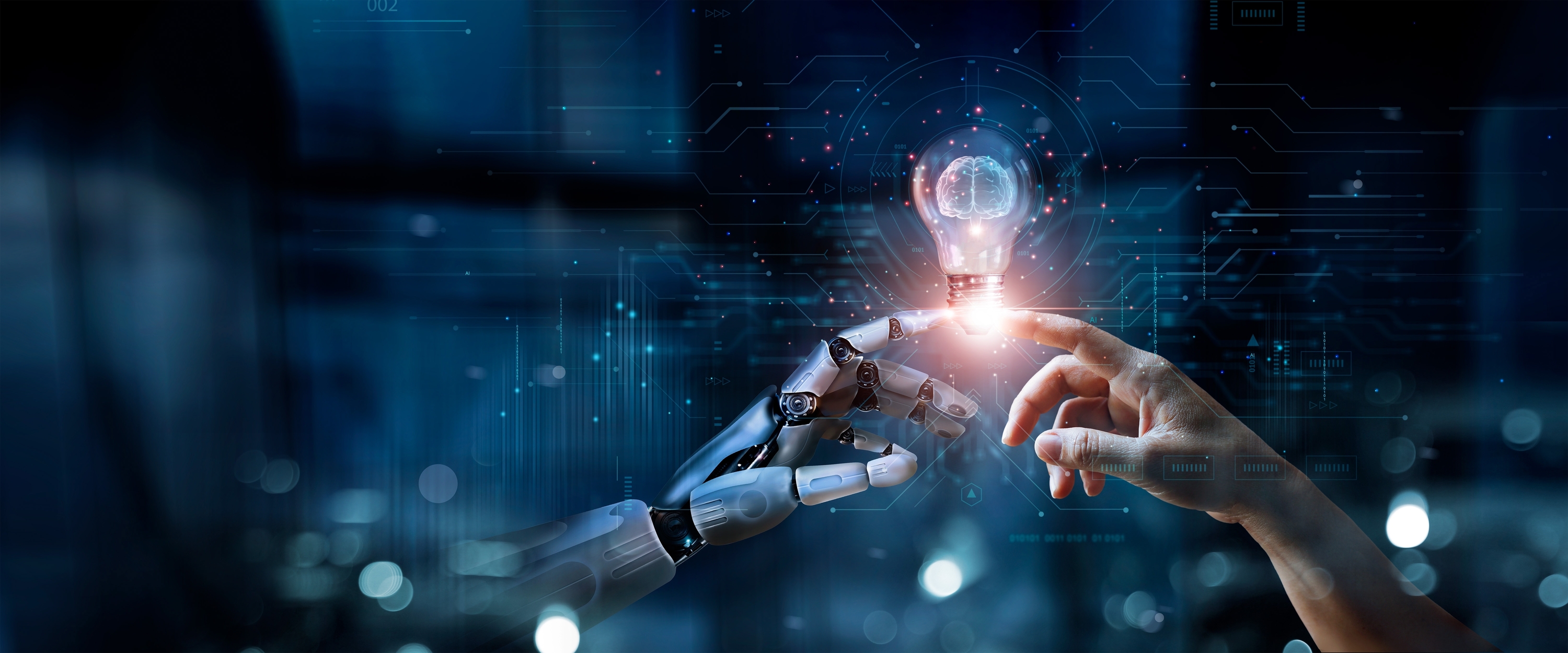How will AI impact NFTs?
Artificial Intelligence (AI) stands as one of the most prominent buzzwords in the tech world. The mere mention of AI elicits a spectrum of emotions, ranging from excitement over AI-driven marvels such as ChatGPT composing heartfelt wedding vows to anxiety stemming from the prospect of AI potentially displacing human workers in various industries. The omnipresence of AI is undeniable, and its influence extends to the world of Non-Fungible Tokens (NFTs).
AI and the Employment Landscape
AI's emergence has left an indelible mark on the employment landscape, raising concerns about its disruptive potential. Automation and AI-driven technologies have the capacity to reshape job markets, raising legitimate concerns about the displacement of traditional employment opportunities. The fear of AI relegating human workers to redundancy has sparked numerous debates and discussions. However, it's essential to recognize that while AI may transform certain roles, it can also create new ones, opening avenues for innovation and adaptation in the workforce.
AI's potential to streamline tasks, automate routine processes, and enhance productivity is undeniable. Yet, it is crucial to strike a balance between technological advancement and preserving the dignity of work. The dialogue surrounding AI in employment remains one of adapting, upskilling, and harnessing AI as a tool to augment human capabilities rather than replace them entirely.
AI and the Art Industry
Simultaneously, AI has ventured into the art industry, ushering in a new era of creativity. AI's ability to generate content, from music compositions to visual art, has showcased a potential for artificial creativity that both dazzles and disconcerts. It has called into question the nature of human artistic expression, challenging preconceptions about the role of artists and the authenticity of art itself.
AI-generated art, however, has not only been met with skepticism but also with fascination. It prompts intriguing discussions about the definition of art and the value of human creativity. AI's foray into art challenges the boundaries of artistic expression and compels us to redefine what it means to be an artist.

AI and NFTs: A Harmonious Partnership or a Recipe for Disaster?
The recent convergence of AI and NFTs signifies a pivotal juncture in these ongoing dialogues. As AI's capabilities continue to evolve, it is critical to assess whether AI's integration into the NFT space will ultimately benefit the industry or introduce complexities that challenge the very essence of NFTs.
In the realm of NFTs, AI has introduced novel possibilities and raised pertinent questions. One of the most intriguing applications of AI in the NFT space is generative content creation. This aspect has opened the doors to AI-generated NFT content, from digital art to audio compositions. Rather than relying solely on human creators, entrepreneurs can employ AI to generate digital assets based on specific prompts, thereby democratizing the NFT art space.
Moreover, AI has a role in ensuring the authenticity of NFT content. AI can be employed to verify whether certain content was human-created or machine-generated, which is particularly crucial in a space where authenticity and provenance hold significant value. The emergence of AI detection software offers a means to distinguish genuine works from imitations.
The Pros and Cons of AI in NFTs
As with any technological innovation, there are both pros and cons to AI's integration into the NFT sector. On one hand, AI-driven content creation tools reduce entry barriers, enabling more individuals to participate in the NFT space. This expansion brings financial opportunities for entrepreneurs but also intensifies competition for creators, and concerns about AI-enabled content plagiarism persist.
Nevertheless, AI can be a powerful tool in the fight against counterfeiting within the NFT space, a problem that predated AI's widespread adoption in the industry. Properly harnessed, AI could offer substantial benefits. Marketplaces and prominent platforms could implement systems to ensure that buyers are well-informed about the origin of NFTs, whether they are AI-generated or human-made.
This transparency fosters the growth of the burgeoning AI-generated NFT market while affording consumers the freedom to choose. It also puts checks in place to curb AI-powered counterfeiting, a positive development for NFT buyers and creators alike. Ultimately, the market can determine the intrinsic value of AI-generated versus human-created art.
However, a laissez-faire approach to AI's role could lead to a marketplace riddled with counterfeits, misinformed consumers, and a sense of disillusionment among creators. A carefully managed incorporation of AI holds the potential for a more harmonious and dynamic NFT ecosystem.
In conclusion, AI's presence in employment, art, and NFTs is a reflection of its transformative potential. While it introduces challenges and uncertainties, it also offers a plethora of opportunities. The key lies in responsible adoption, ethical considerations, and striking a balance between technological innovation and human values. As AI continues to evolve, its influence in these domains will undoubtedly be a subject of ongoing debate and exploration.

